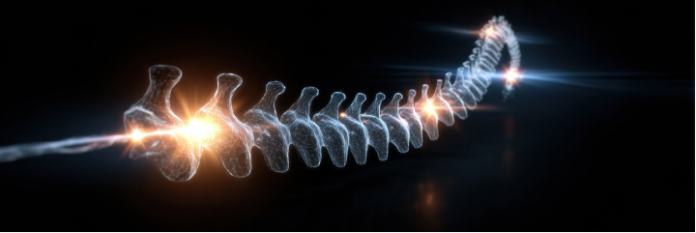Although spinal cord stimulation is often promoted as a novel therapy for treating chronic pain, it is by no means new. The first spinal cord stimulation device was implanted in 1967. It was made commercially available a year later. Given that the therapy has so much history behind it, why does the debate over its efficacy continue raging today?
I am no expert, but it seems to me that the disagreement over spinal cord stimulation (SCS) efficacy boils down to one thing: the imprecise nature of measuring pain. There is no biological marker doctors can look at to definitively measure how severe pain is. Pain severity can only be measured through patient reporting and rating.
Patient reports and ratings work well enough in the doctor’s office. But they are not considered scientific proof of efficacy or the lack thereof. As a result, studies looking at SCS as a treatment for chronic pain are not conclusive. There are too many weaknesses in the data. Furthermore, different studies produce conflicting data.
The Procedure in a Nutshell
SCS is one of the procedures offered at Weatherford, Texas-based Lone Star Pain Medicine. Lone Star doctors present the procedure to patients as a minimally invasive one that requires the implantation of a small electrical device near the spine. Two electrodes are fed to the spine in order to interrupt nerve signals being sent to the brain.
The concept is fairly simple. Nerves are continually sending signals to the brain. Some of those signals are pain signals. A person experiencing chronic pain feels pain because their nerves are sending those signals. Spinal cord stimulation interrupts those signals so that they never reach the brain.
A 2-Step Procedure
Lone Star doctors explain that SCS implantation relies on a 2-step procedure. The first step involves a test procedure. Rather than full implantation, a temporary stimulation device is attached to the back while its electrodes are inserted through the skin and placed near the spine. The patient then wears the temporary device for a prescribed amount of time.
If the patient reports pain relief, they can move on to the second step: full implantation. During this procedure, an incision is made in the back. A permanent electrical stimulation device is implanted under the skin. Electrodes are once again inserted and placed near the spine.
Once the device is turned on, it sends electrical impulses to the targeted nerves. Those electrical impulses interrupt pain signals. The brain interprets them as a tingling sensation. The sensation can take some getting used to, but patients prefer it over constant pain.
Back and Neuropathic Pain
In terms of what SCS is suitable for, it is most frequently recommended to treat chronic back and neuropathic pain. Chronic back pain is fairly common in this country, and it’s often treated with drugs and surgical procedures. SCS is an alternative to both.
As for neuropathic pain, it is pain resulting from nerve damage. It is a frequent side effect of diabetes. Neuropathic pain tends to impact the extremities and can be debilitating. SCS does not reverse the nerve damage associated with neuropathy, but it can make life more comfortable for patients.
60 Years of Evidence
While the clinical evidence in support of SCS is inconclusive, we have nearly 60 years of anecdotal evidence involving patients around the world. Perhaps the only reason the SCS debate still exists is our inability to conclusively measure pain through some biological marker.
Personally, I am okay with the anecdotal evidence. So many people reporting relief through SCS is enough to convince me that it works for most of them.
